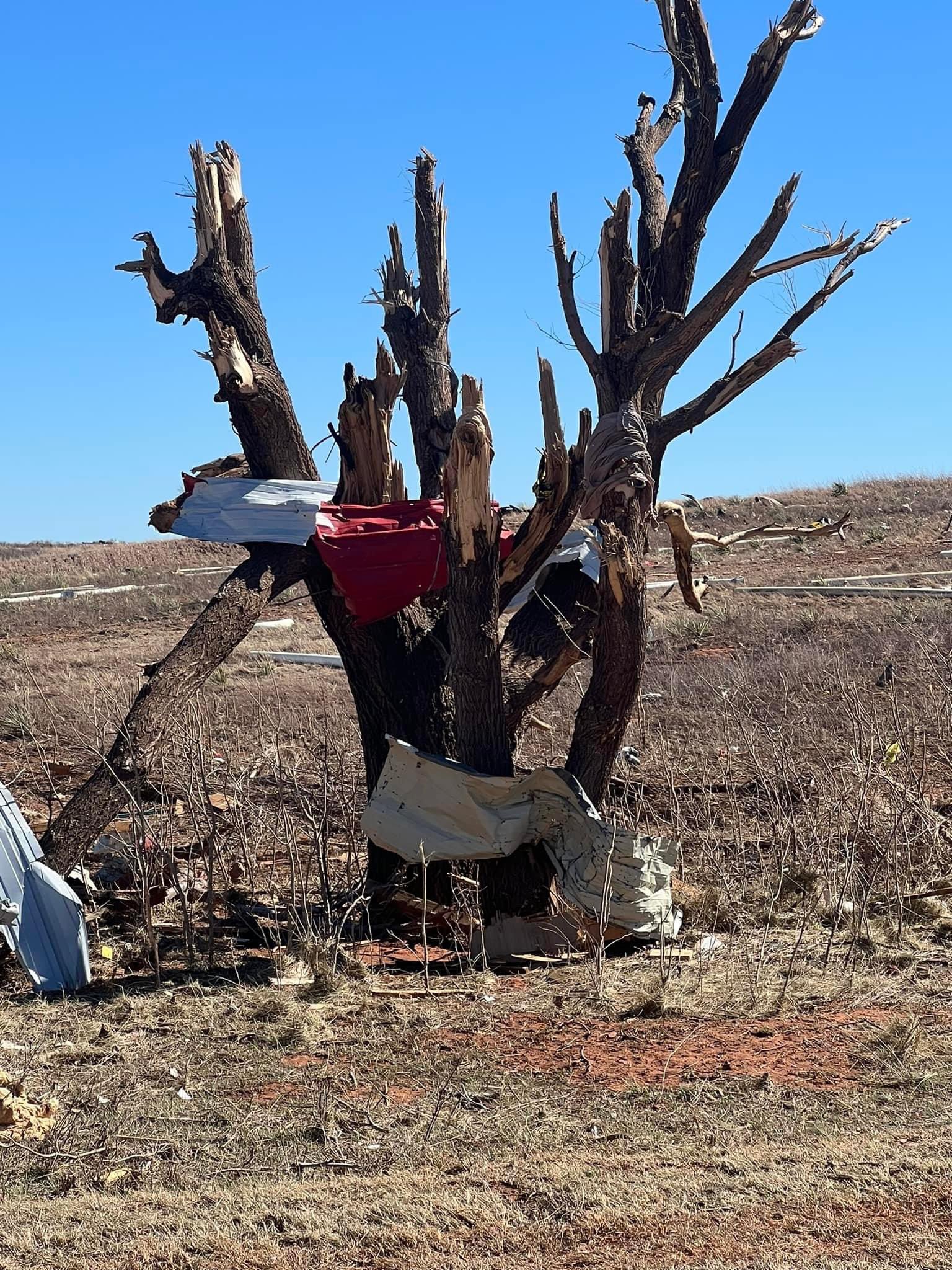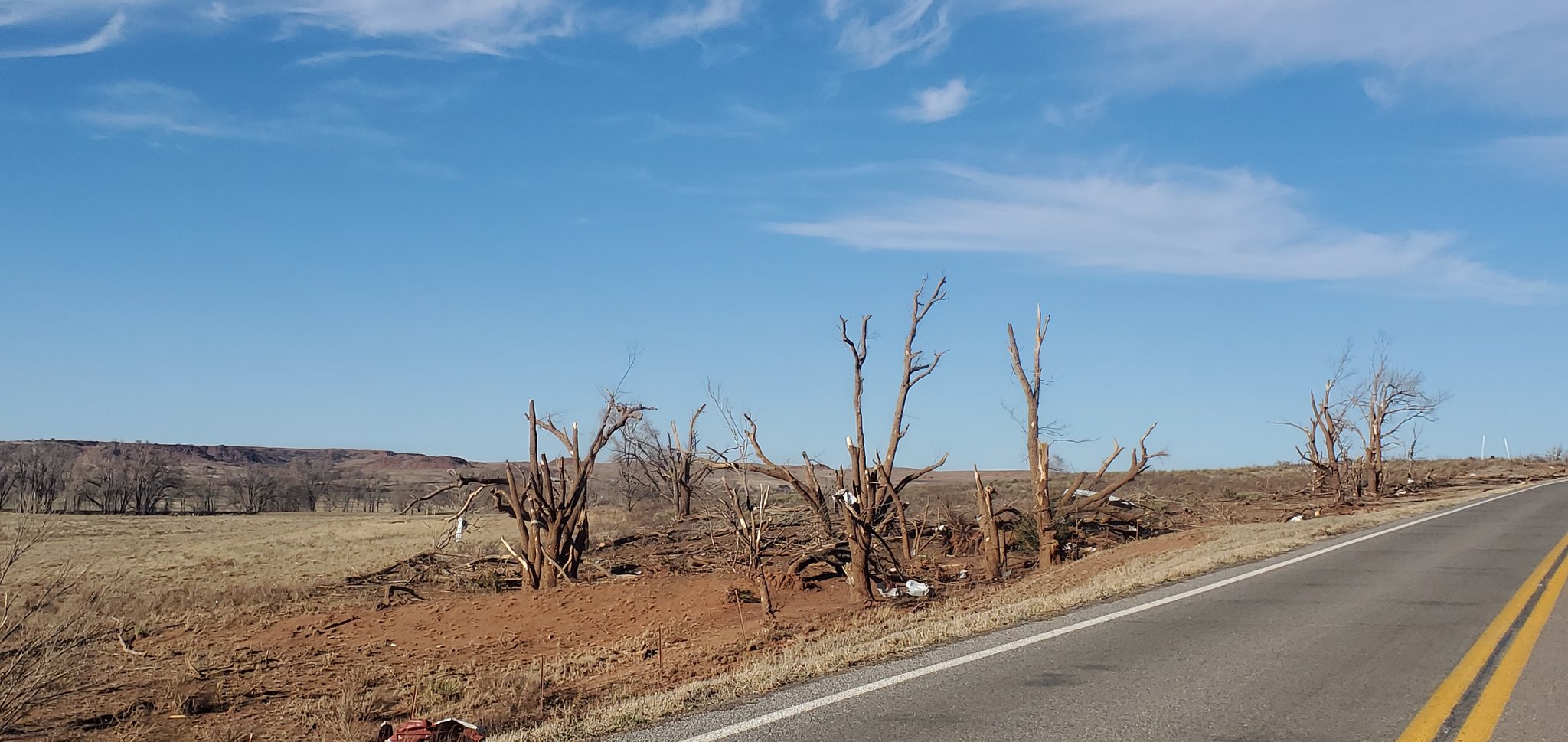I have a question... When exactly did the NWS decide houses built out of CMU were weak, and why are concrete/masonry houses being rated the same or worse as wood frame houses, regardless of anchoring?
View attachment 37333
A well anchored wood frame house isn't even comparable to CMU or concrete... Yet, wood is the only DI houses have in the EF scale. Concrete and masonry construction were central pillars for uncovering F4 and F5 wind speed in the original scale, but in the EF scale they're not.
View attachment 37334
Here are all the major
wood frame DIs and their maximum "expected" wind speeds (** - no concrete/CMU indicator):
1.** One or two family residence -
200 mph
2. Apt, condo, townhouse (3 stories or less) -
180 mph (top two stories destroyed)
3. Motels -
190 mph
4.** Small retail bldg. (fast food) -
167 mph
5.** Small professional (doctor office, branch bank) -
157 mph
Here are metal and steel frame buildings:
1.** Automobile showroom -
157 mph
2.** Warehouses, industrial facilities, arenas -
155 mph
3.** Large shopping mall -
204 mph
4.** Storage and Industrial buildings -
158 mph
Here are concrete/masonry/CMU buildings:
1. Masonry Apartments or Motels -
156 mph (top two stories destroyed) 180 mph (total destruction)
2. Strip mall -
171 mph
3. Large, isolated ("big box") retail building -
173 mph
4. Elementary School -
176 mph
Reinforced Concrete buildings
1. Junior and Senior High School -
192 mph
2. Low-rise (1-4 story)(reinforced concrete) -
188 mph
3. Mid-rise (5-20 story) -
210 mph
4. High-rise (over 20 stories) -
228 mph
5. Institutional bldg. (hospital, govt. or university) -
210 mph
So let me get this straight... DIs for the most common structures are all wood frame, have the higher expected wind speeds than concrete/masonry/CMU, and all the concrete/masonry/CMU DIs are reserved for only large open faced buildings?
I can't believe I've never seen this before. This scale is deliberately
DESIGNED to fail at uncovering EF5 wind speeds. The average maximum exp windspeed for concrete/CMU is 169 MPH. For wood framed structures its 179 mph. It's not even a good engineering scale. We haven't gotten lucky with "tornadoes missing strong structures". Tornadoes are hitting strong structures, but there isn't a way to measure it!!!









